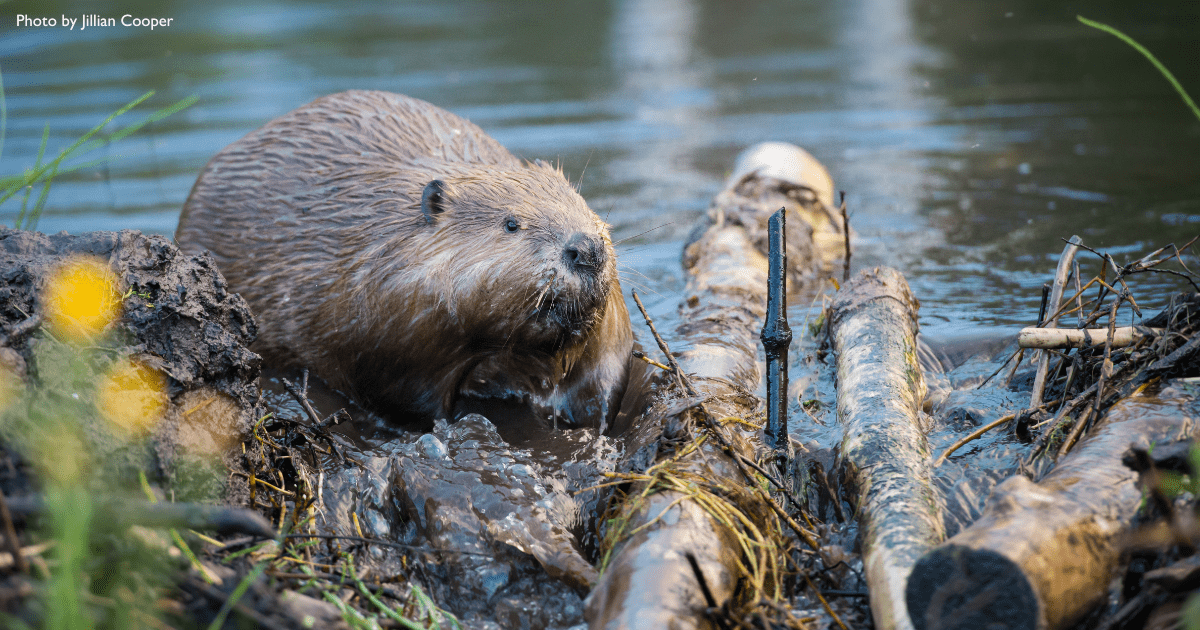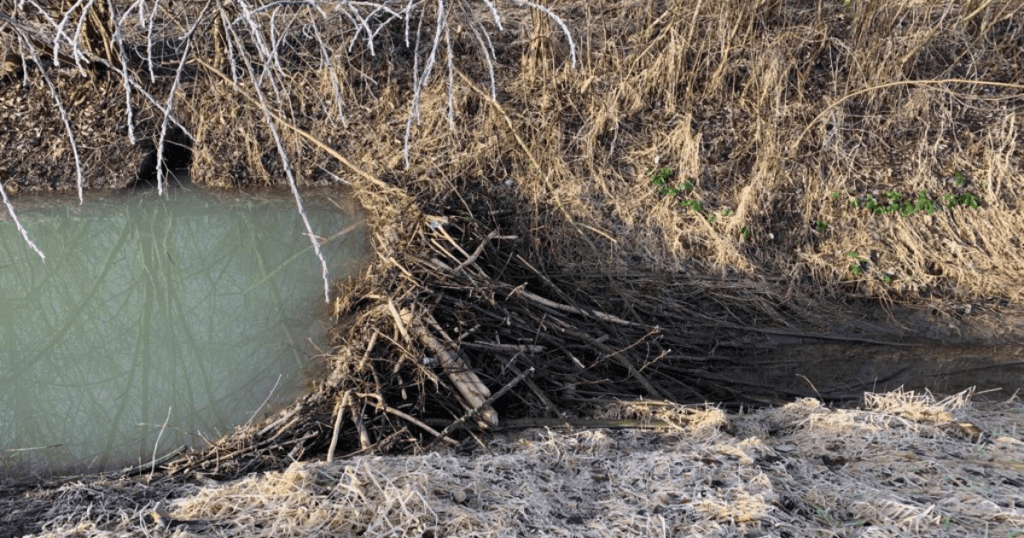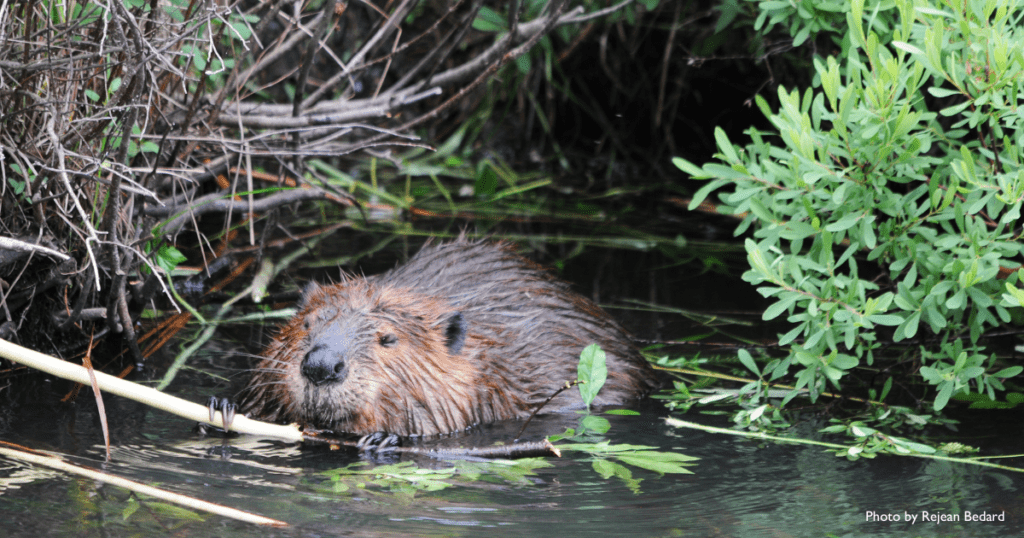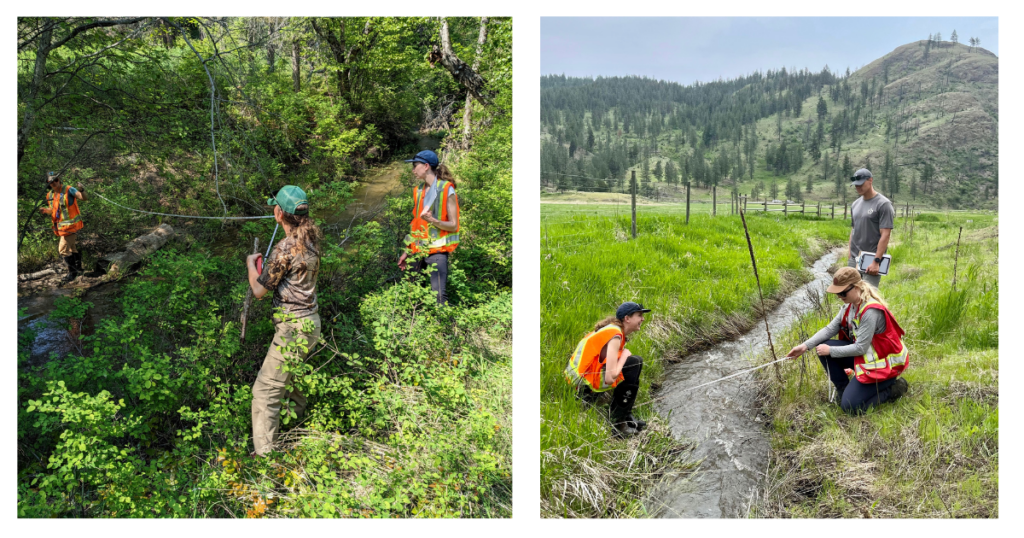
In British Columbia’s wilderness, a tireless Canadian icon works to transform its surroundings, creating wetlands that harbour a remarkable array of biodiversity. Meet the beaver, nature’s engineers, and guardians of wetland habitats in BC. Explore more about the positive impacts beavers have in shaping their ecosystems and how their efforts are essential in supporting diverse and thriving wildlife.
Over millions of years, beavers have developed the ability to modify ecosystems profoundly to meet their ecological needs. They engineer ecosystems by building dams, which retain ponds full of sediment, storing and gently releasing water in times of drought. As our climate changes in British Columbia, we will have more rain and less snow, resulting in more common and intense high-flow events in streams. Beaver dams act as speed bumps in the streams, slowing down the water as it moves through the system. Slower water means less erosion and reduced flooding from storms. Beaver ponds also act as water filters, storing nutrients and pollutants, resulting in cleaner water downstream.

Beaver dam at McGillivray Slough within the Bert Brink Wildlife Management Area
The beaver’s engineering prowess also plays a vital role in supporting biodiversity, as their wetland ecosystems attract an impressive range of species that depend on these habitats for their survival. Beaver ponds are bustling havens for many creatures, including insects, birds, amphibians, mammals, and fish like coho and steelhead salmon. The beaver’s ability to bring wood into the water provides essential food and shelter for insects, which, in turn, become a food source for other species like fish. The insides of beaver lodges serve as cozy homes for various animals, such as muskrats, mink, and even river otters. Birds cleverly nest atop these lodges, while fish seek shelter in the woody parts submerged in the water. Amphibians also rely on these ponds as safe places to lay their eggs, while migratory birds consider these wetland oases crucial rest stops during their arduous journeys.
However, human activities over the years, including trapping and habitat destruction, have caused significant declines in beaver populations and, consequently, in wetland habitats. The potential implications of removing such an animal from our ecosystems are profound. As beavers disappear, large areas of stored surface water are lost, and rivers begin to flow faster, becoming more erratic during floods. The reduction of woody debris and carbon in the water also disrupts the essential building blocks of life in ponds, streams, rivers, and estuaries, ultimately undermining the delicate food chains that these ecosystems support. The drying up of wetlands further exacerbates the situation, causing wildlife to either migrate to new habitats or, in the worst-case scenario, become lost entirely from these ecosystems.

Recognizing these creatures’ critical role in supporting biodiversity, The Nature Trust of BC is partnering with B.C. Wildlife Federation (BCWF) for their Water, Water, Everywhere Project and 10,000 Wetlands Initiative to take proactive steps to conserve and restore these ecosystems. To mimic the positive impacts of beaver activity, The Nature Trust of BC and BCWF are embracing a sustainable solution known as “beaver dam analogues,” or BDAs. These structures are inspired by the ingenious work of beavers, but they are built by humans. BDAs are designed to slow down water flow and raise water levels, facilitating the creation of wetland-like habitats without relying solely on beavers. Although BDAs are initially built by humans, beavers are known to move into BDA sites and manual beaver relocation to analogue sites has been proven to be successful in many cases. When beavers move into BDA sites, they take over maintenance of the analogue, providing a low-cost solution to wetland restoration.

The Nature Trust of BC’s Okanagan Field Crew and B.C. Wildlife Federation assess potential BDA sites.
Implementing BDAs on some of our properties across British Columbia, The Nature Trust of BC and BCWF are working towards revitalizing wetland ecosystems and fostering biodiversity. These structures not only provide vital habitats for a variety of species but also contribute to cleaner water, carbon sequestration, and flood control. Moreover, they offer educational opportunities for the public to learn about the importance of beavers and wetland conservation.
As we strive to restore and protect our natural landscapes, understanding the intricate relationships between species becomes ever more crucial. Beavers, the ecological champions of wetlands, remind us that every creature, big or small, plays a vital role in maintaining the delicate balance of our ecosystems. So next time you come across a beaver dam or spot signs of their activity, take a moment to appreciate the marvels of their engineering prowess.
 Written by Shannon Marshall
Written by Shannon Marshall
